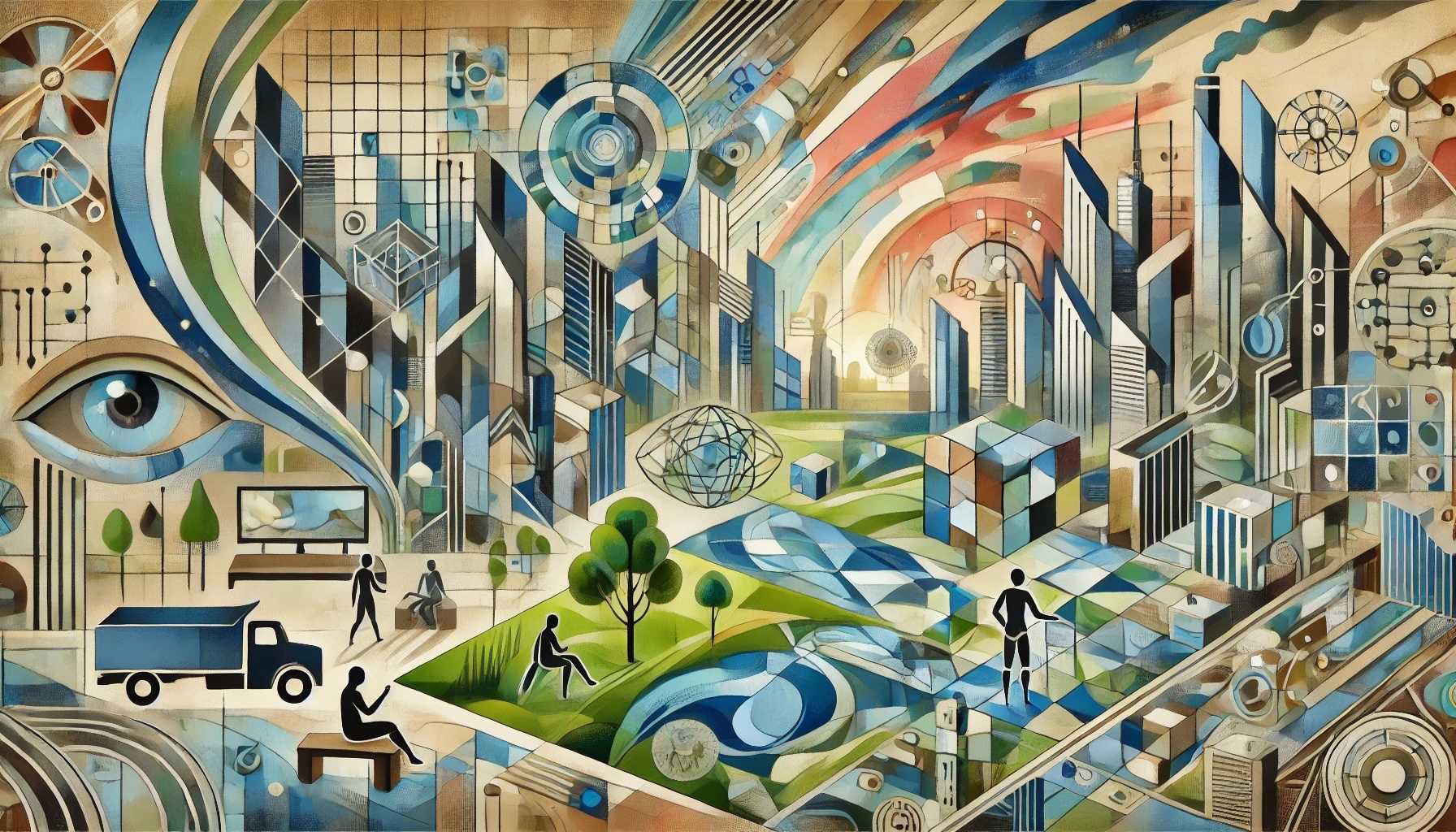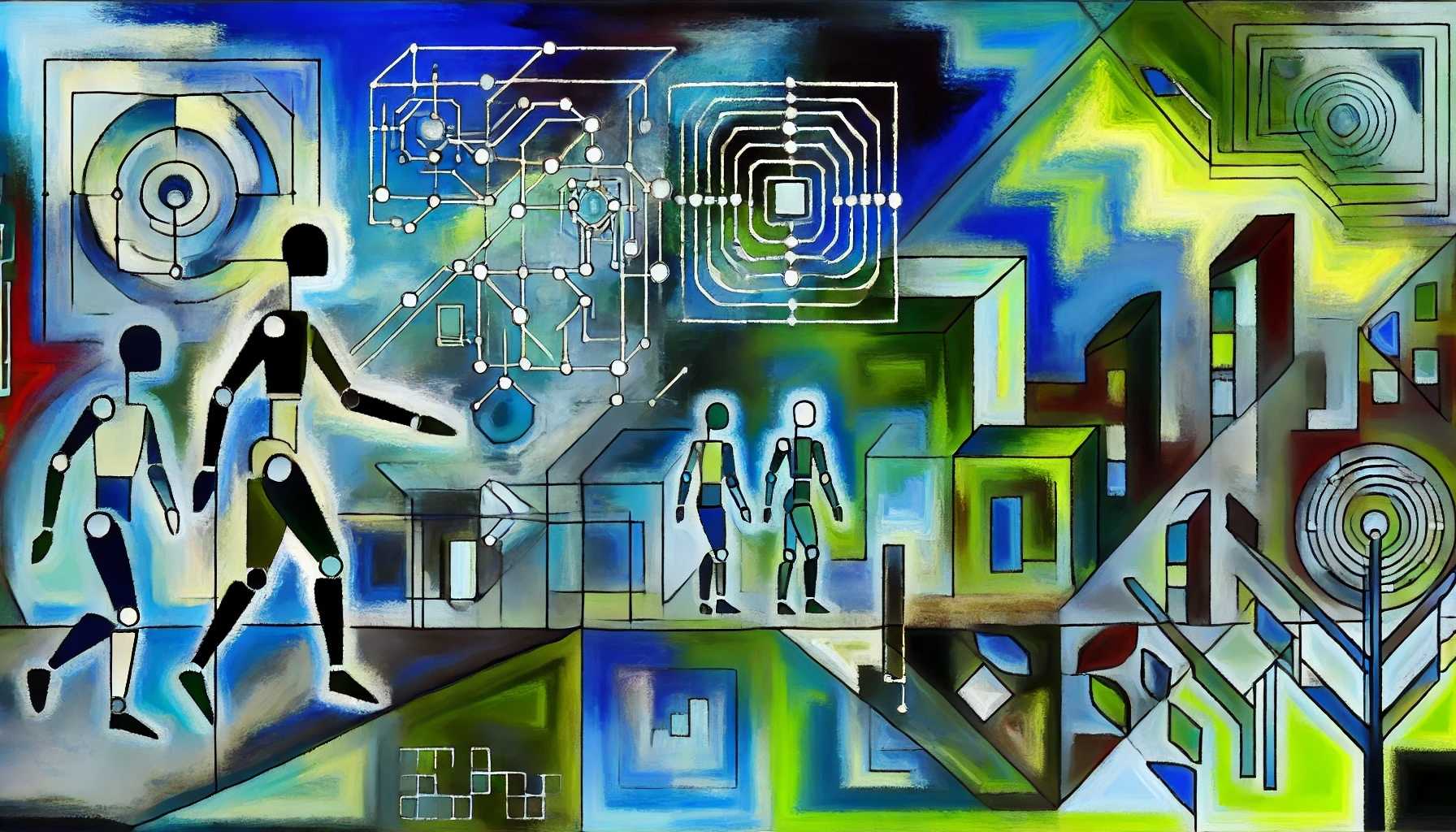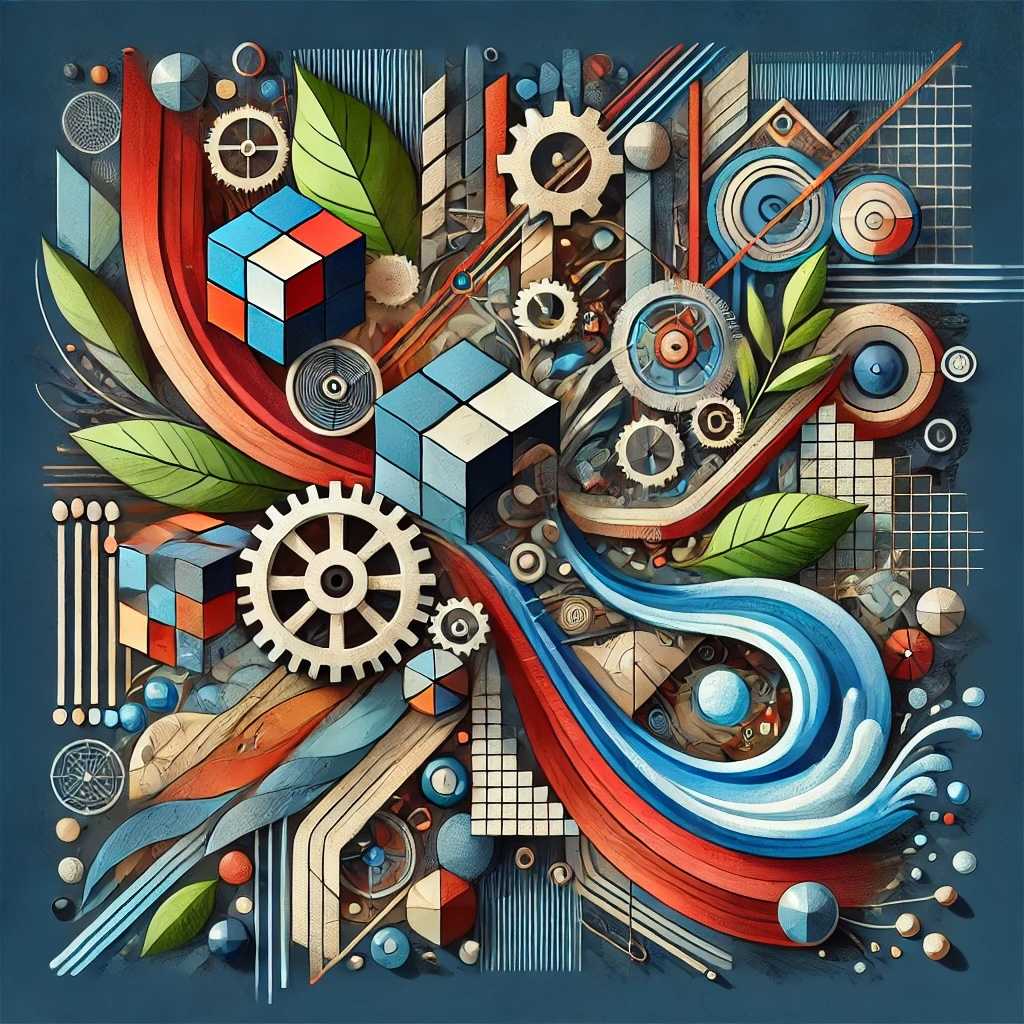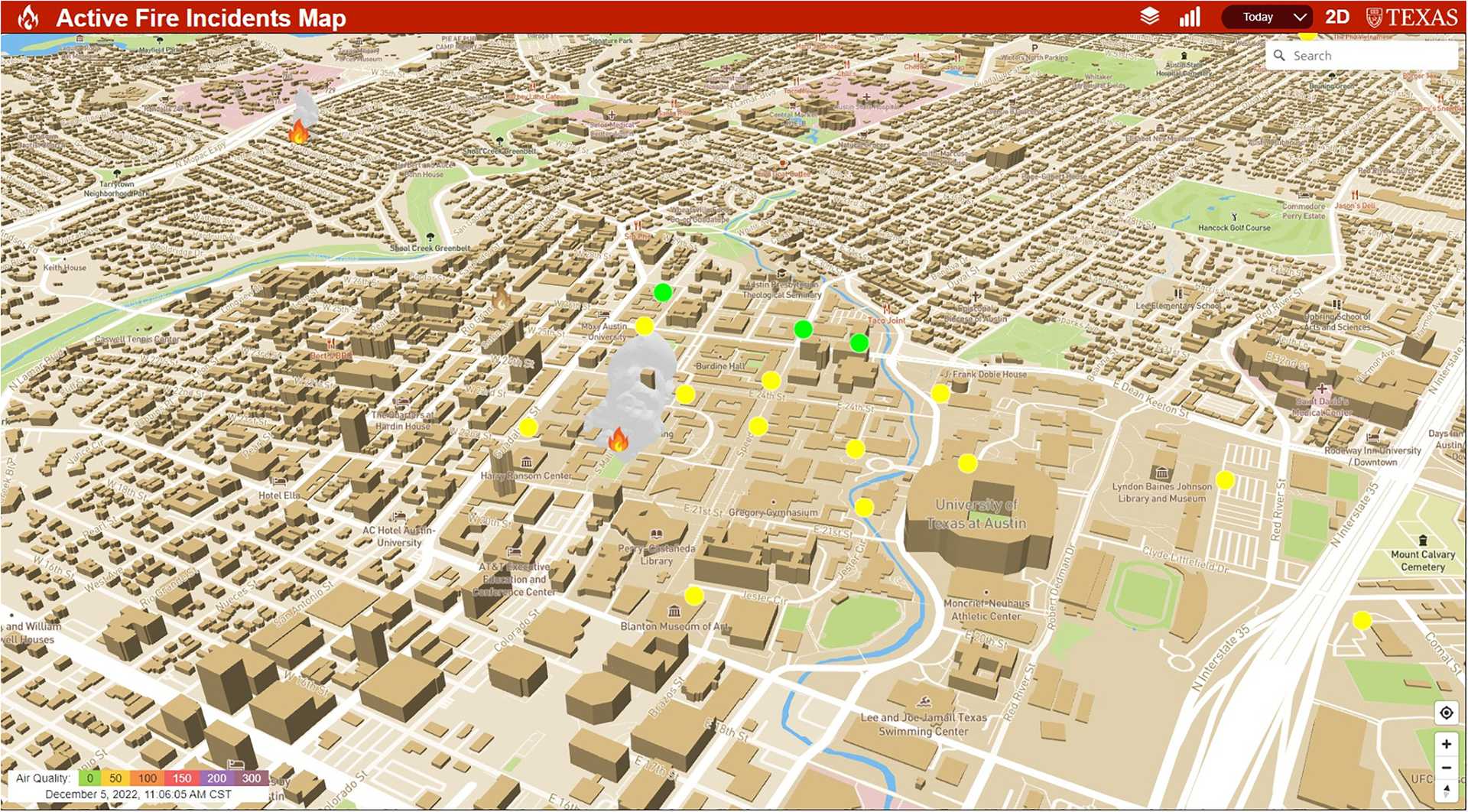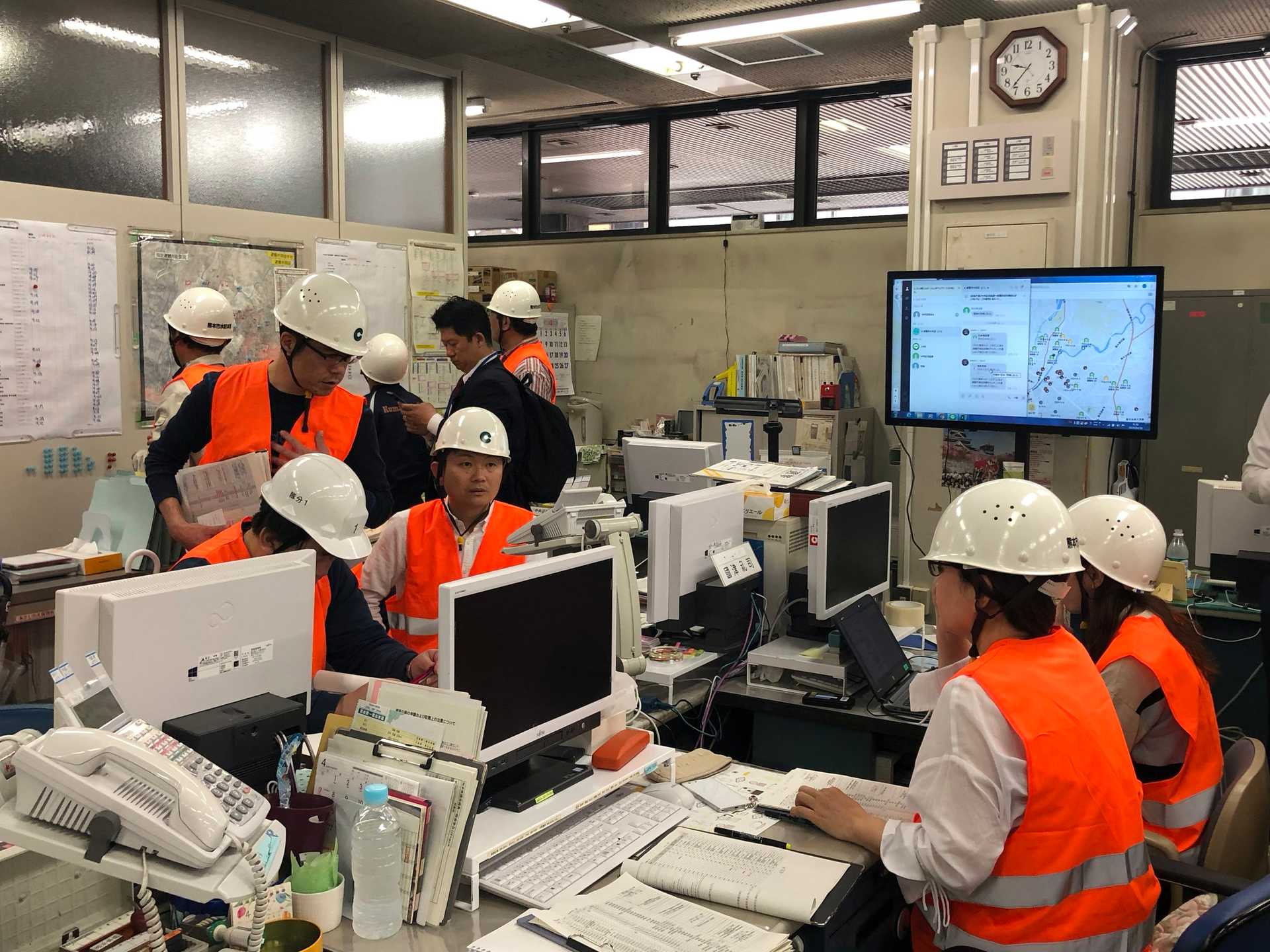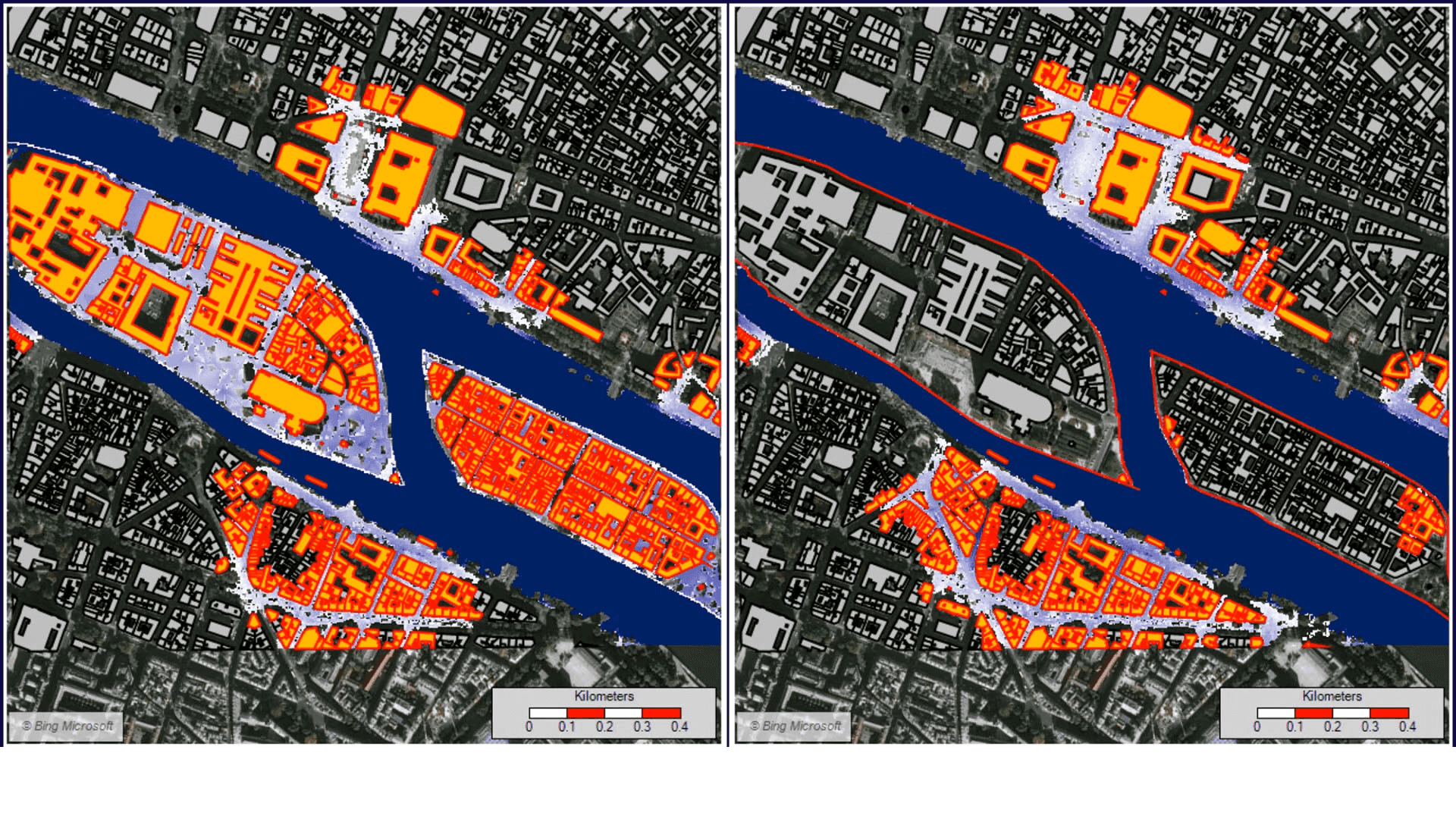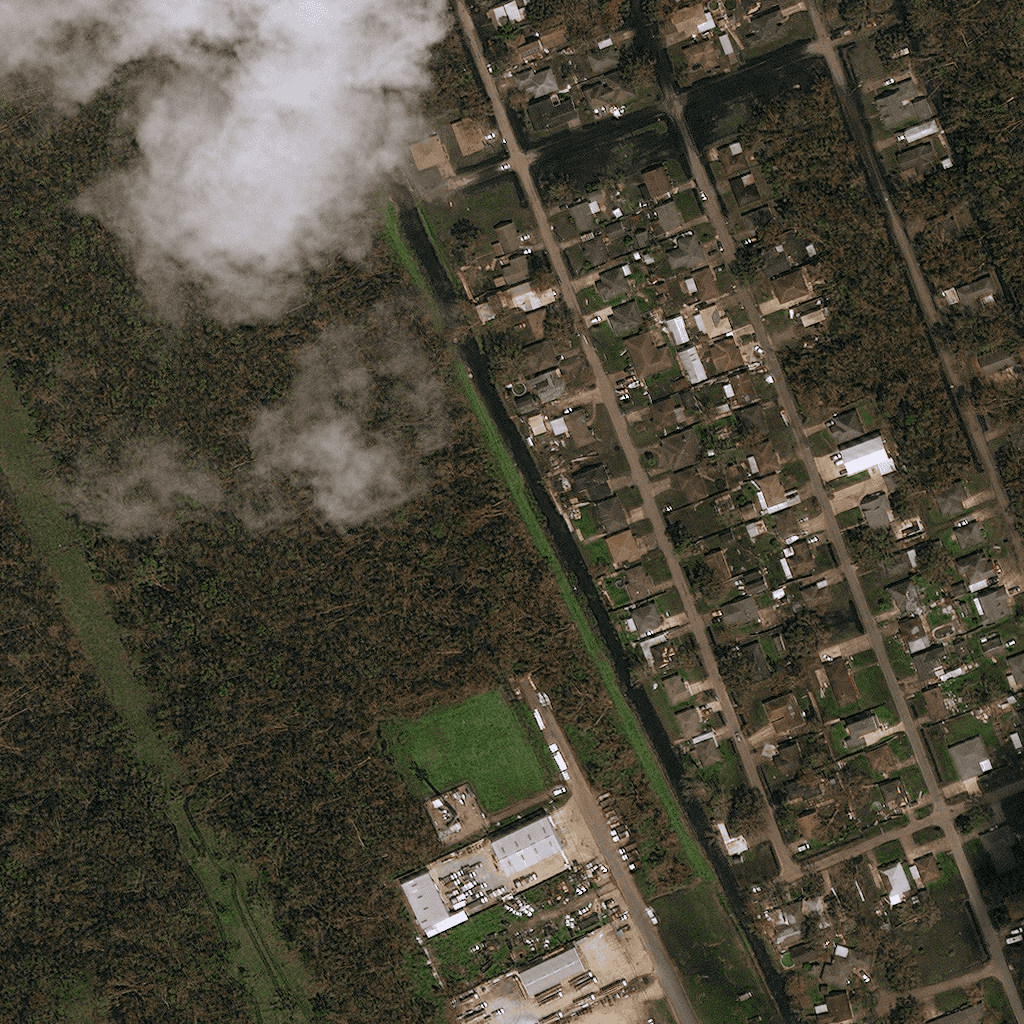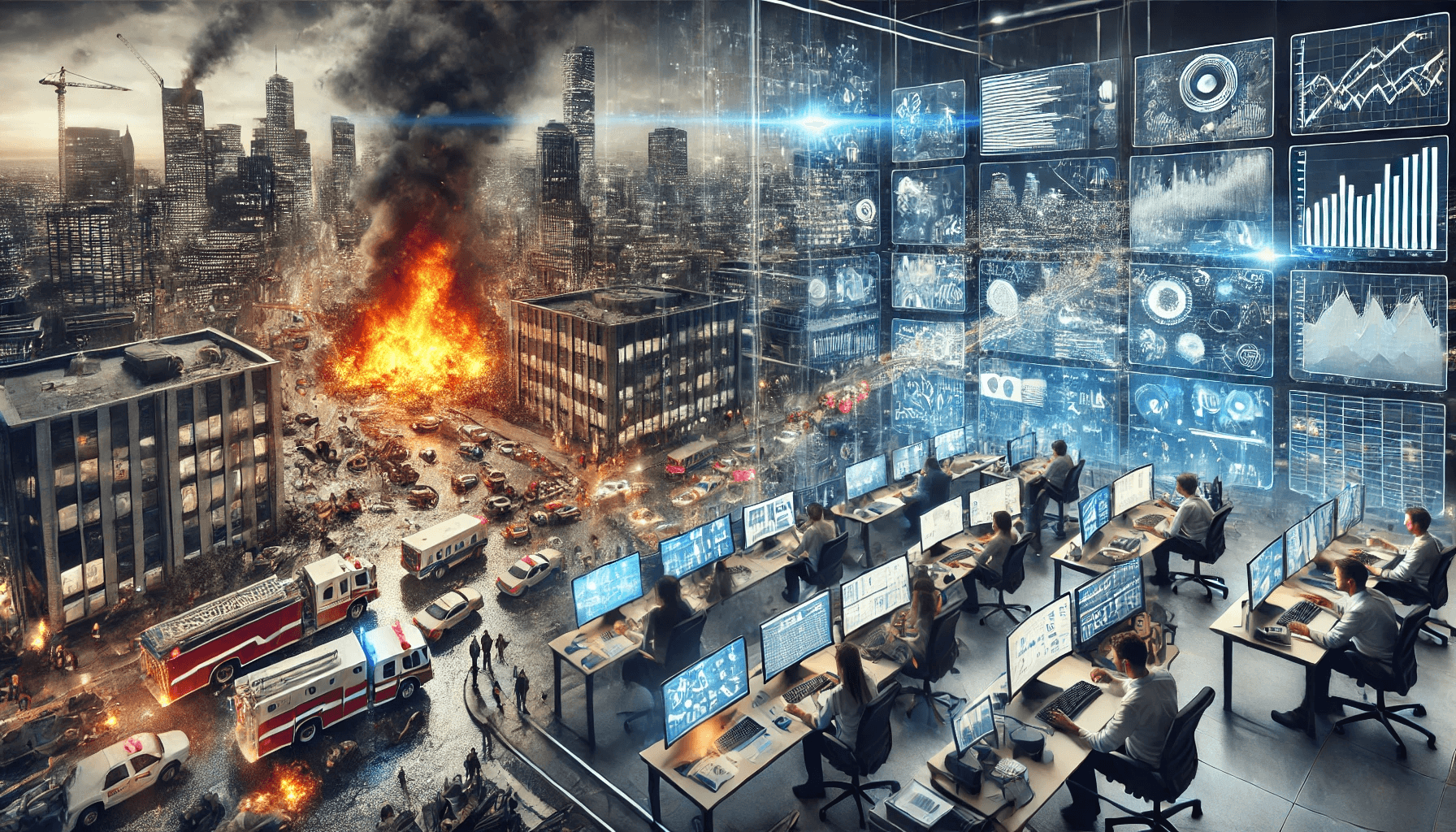
Real-time hazard assessment
From sparse to streaming data.
How likely? How soon? What impact?
In the next few years, cities will establish and exploit continuous streams of data to revolutionize disaster preparedness and response. Advanced AI models, trained on vast datasets of historical emergencies, will power early warning systems that can predict and visualize potential hazards in real-time.
This will enable cities to proactively manage risks, from wildfires and floods to building damage from hurricanes. AI 'co-pilots' will assist emergency responders by processing multilingual calls, extracting insights from various data sources, and providing reliable information during crises. Satellite imagery and sensor networks will fuel AI-powered services for rapid damage assessment and resource allocation.
As these technologies mature, cities will shift from relying on sparse, delayed information to utilizing rich, streaming data for disaster management - and shift from managing disasters to preventing them. This transformation will significantly improve urban resilience to climate-related risks, enhancing cities' ability to protect vulnerable populations, allocate resources efficiently, and minimize the risk and impacts of disasters.
Personalized Insights
How might this trend shape your future? Generate a set of personalized insights to explore challenges, opportunities, and potential innovations. Simply select a sector, occupation, and target year — then press the button and let our AI do the work.
Generator Settings
Signals
Signals are evidence of possible futures found in the world today—technologies, products, services, and behaviors that we expect are already here but could become more widespread tomorrow.
